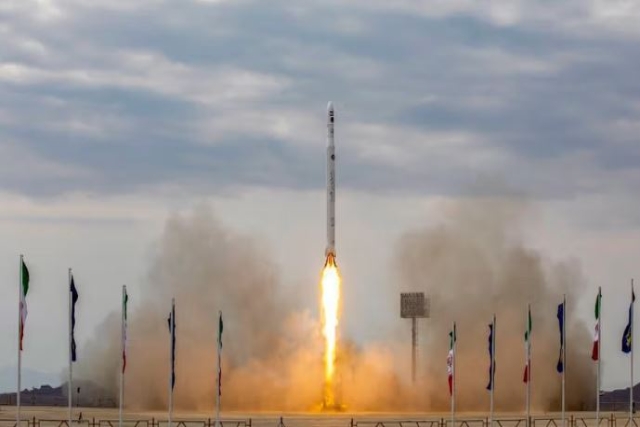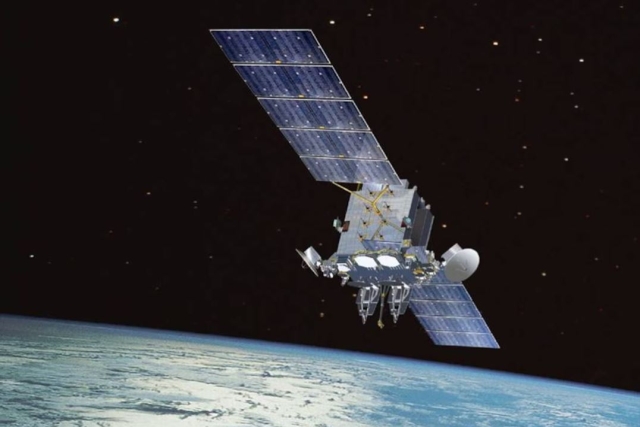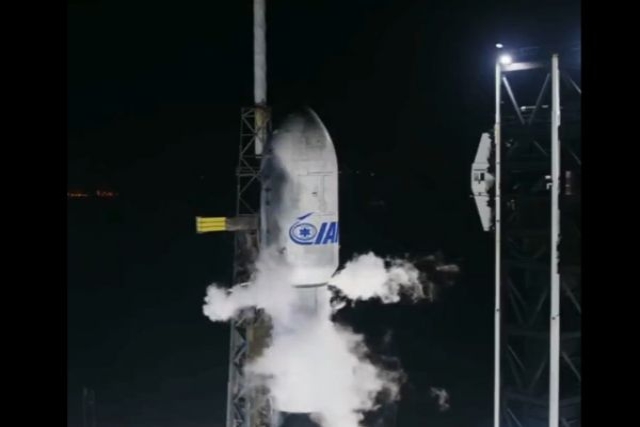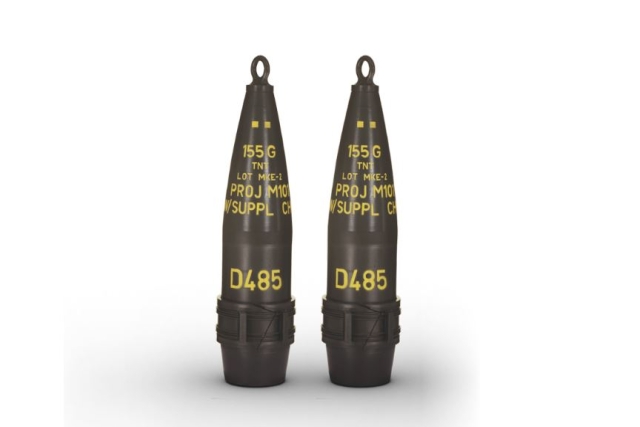Lockheed Martin’s First Next-Gen U.S. Missile Warning Satellite Clears Final Tests before Launch
Next-Gen OPIR GEO completes thermal vacuum and acoustic trials
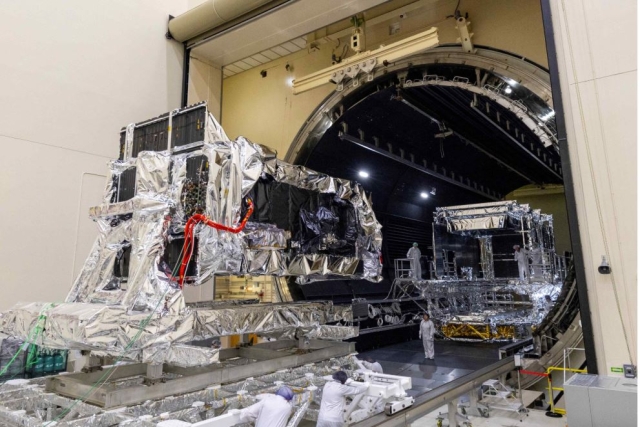
Lockheed Martin’s first Next-Generation Overhead Persistent Infrared (Next-Gen OPIR) Geosynchronous Earth Orbit (GEO) Block 0 satellite has passed key environmental tests, keeping it on schedule for delivery.
The thermal vacuum (TVAC) and acoustic tests were completed at Lockheed Martin’s Sunnyvale, California, facility. TVAC testing confirmed the satellite can operate in the extreme temperatures and low pressures of space. Acoustic testing verified it can withstand launch-related vibrations.
“These tests prove the satellite can survive the extreme conditions of space and the violent forces of launch,” Lockheed Martin said. Final system integration is now underway, including testing connections with ground systems.
From a geosynchronous orbit 22,000 miles above Earth, the satellite’s sensors will detect ballistic missiles, hypersonics, and other threats. The sensors are designed to identify faster-burning, low-visibility missile boosters, and the satellite includes features to counter space-based threats. It is built on Lockheed Martin’s LM 2100 combat bus.
Next-Gen OPIR GEO is set to eventually replace the existing Space Based Infrared System (SBIRS), which has supported global missile detection for over a decade. In 2024, SBIRS detected hundreds of missile launches toward Israel. In 2020, it provided early warning before the missile attack on U.S. forces at Al-Asad Airbase in Iraq.
Next-Gen OPIR GEO will operate alongside SBIRS and the upcoming Polar variant of Next-Gen OPIR, forming part of a multi-layered national missile warning, tracking, and defense system.

